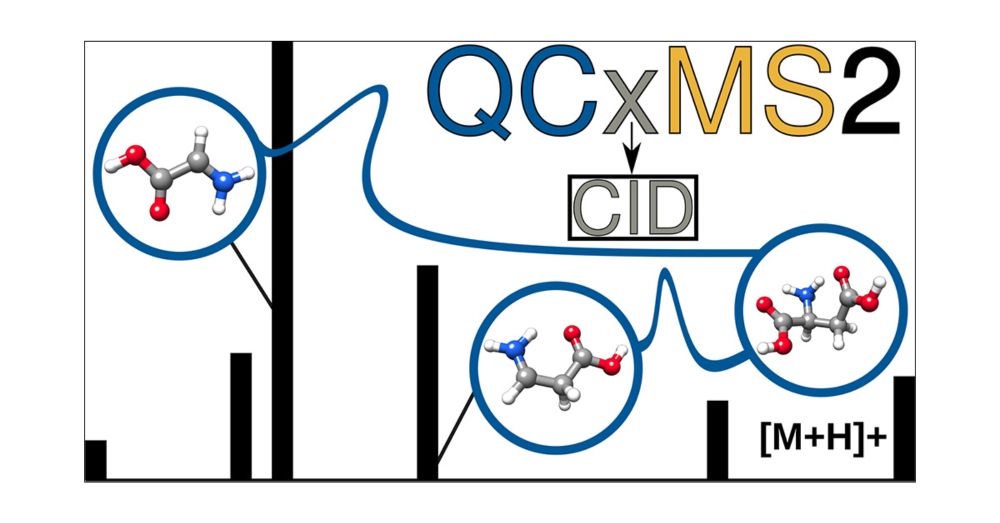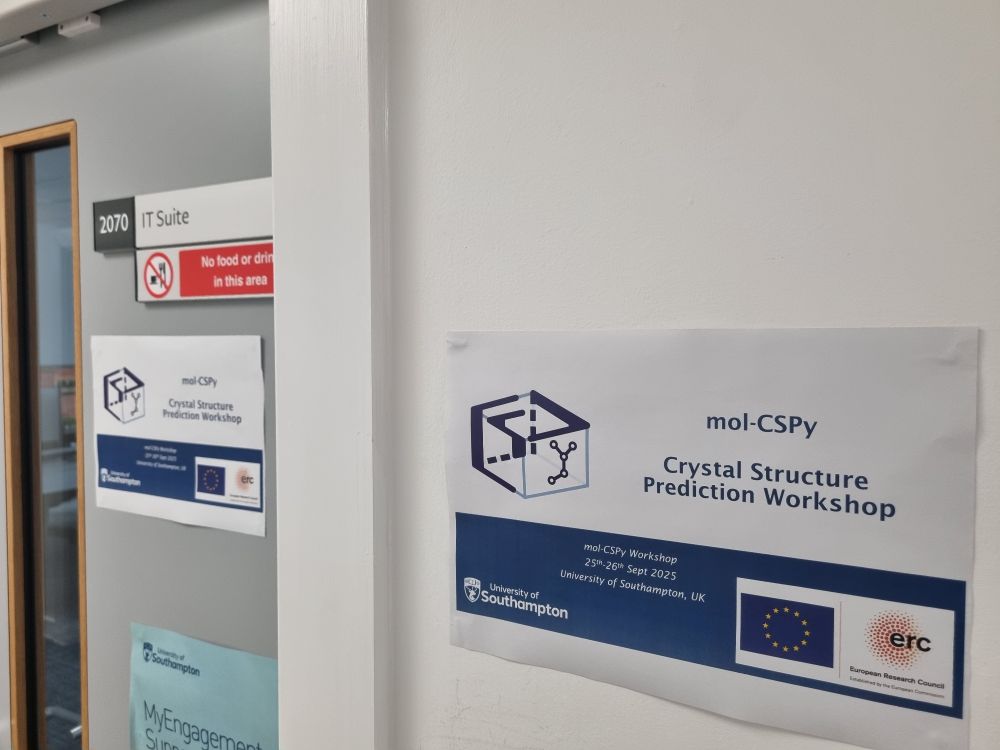Henrique C. S. Junior
@hcsj.bsky.social
1.3K followers
3.8K following
740 posts
Assistant professor at UFRRJ. Computational chemist from Rio de Janeiro. My thing is inorganic and photochemistry. I do some python. I play some blues. This is my personal account. Opinions are my own.
Posts
Media
Videos
Starter Packs
Pinned
Henrique C. S. Junior
@hcsj.bsky.social
· Mar 29
Reposted by Henrique C. S. Junior
Reposted by Henrique C. S. Junior
Reposted by Henrique C. S. Junior
Reposted by Henrique C. S. Junior
Reposted by Henrique C. S. Junior
Reposted by Henrique C. S. Junior
Hugh Burton
@hughburton.com
· 23d

Geometric Direct Minimization for Low-Spin Restricted Open-Shell Hartree–Fock Theory
It has recently been shown that configuration state functions (CSFs) with local orbitals can provide a compact reference state for low-spin open-shell electronic structures, such as antiferromagnetic ...
pubs.acs.org
Reposted by Henrique C. S. Junior
Johannes Gorges
@jogorges.bsky.social
· Sep 8

Evaluation of the QCxMS2 Method for the Calculation of Collision-Induced Dissociation Spectra via Automated Reaction Network Exploration
Collision-induced dissociation mass spectrometry (CID-MS) is an important tool in analytical chemistry for the structural elucidation of unknown compounds. The theoretical prediction of the CID spectra plays a critical role in supporting and accelerating this process. To this end, we adapt the recently developed QCxMS2 program originally designed for the calculation of electron ionization (EI) spectra to enable the computation of CID-MS. To account for the fragmentation conditions characteristic of CID within the automated reaction network discovery approach of QCxMS2 we adapted the internal energy distribution to match the experimental conditions. This distribution can be adjusted via a single parameter to approximate various activation settings, thereby eliminating the need for explicit simulations of the collisional process. We evaluate our approach on a test set of 13 organic molecules with diverse functional groups, compiled specifically for this study. All reference spectra were recorded consistently under the same measurement conditions, including both CID and higher-energy collisional dissociation (HCD) modes. Overall, QCxMS2 achieves a good average entropy similarity score (ESS) of 0.687 for the HCD spectra and 0.773 for the CID spectra. The direct comparison to experimental data demonstrates that the QCxMS2 approach, even without explicit modeling of collisions, is generally capable of computing both CID and HCD spectra with reasonable accuracy and robustness. This highlights its potential as a valuable tool for integration into structure elucidation workflows in analytical mass spectrometry.
doi.org
Reposted by Henrique C. S. Junior
Grimme Lab
@grimmelab.bsky.social
· Sep 3

Chemical Space Exploration with Artificial “Mindless” Molecules
We introduce MindlessGen, a Python-based generator for creating chemically diverse, “mindless” molecules through random atomic placement and subsequent geometry optimization. Using this framework, we ...
doi.org
Reposted by Henrique C. S. Junior
John Bailey
@isucceed.bsky.social
· Sep 2

Denmark Makes History: Your Face and Voice Are Now Your Intellectual Property
Europe's First Digital Identity Protection Law Tackles the Deepfake Crisis
Denmark is poised to become the first European nation to grant citizens copyright control over their own faces, voices, and ...
www.myprivacy.blog
Reposted by Henrique C. S. Junior













